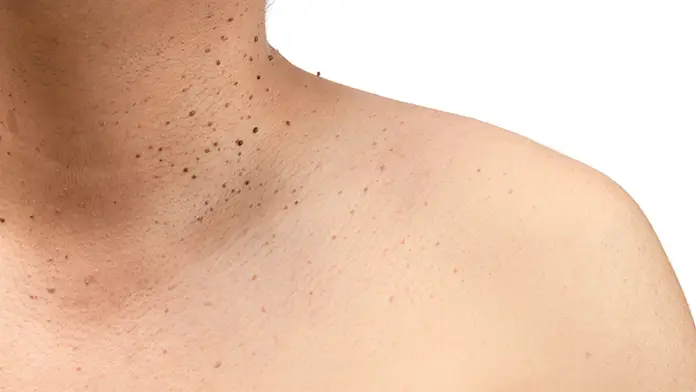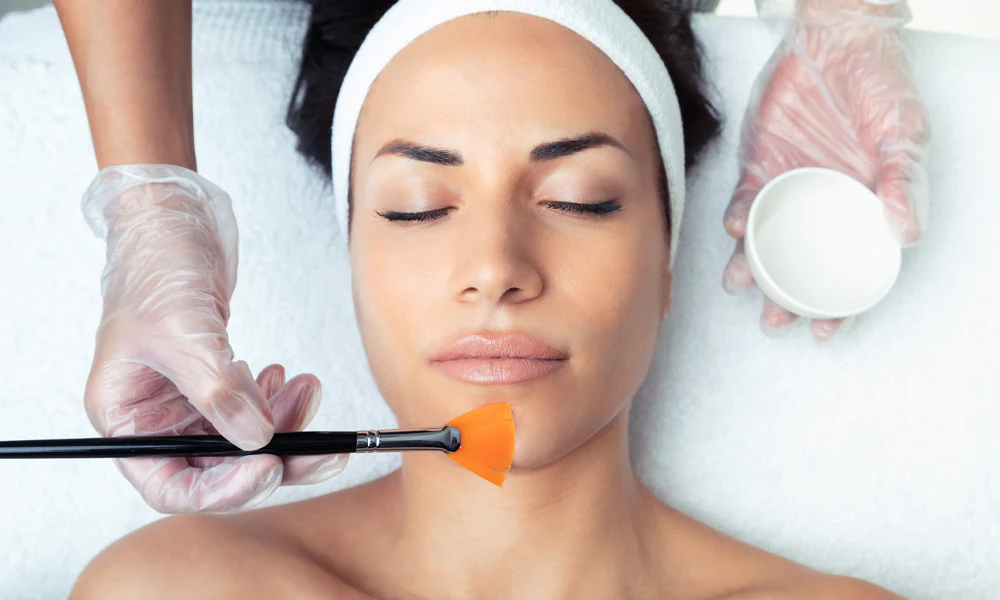Laser toning is a popular, non-invasive treatment used to improve skin tone, texture, and overall appearance. It targets various skin issues, including pigmentation, acne scars, sun damage, and fine lines, offering a clearer and more youthful complexion with minimal downtime. If you’re considering laser toning, here’s what you should know about its benefits, side effects, and expected results. What is Laser Toning? Laser toning, often performed with Q-switched Nd lasers, is a process where low-energy laser pulses are delivered to the skin. These lasers target specific skin cells containing pigmentation or melanin, breaking down pigmented areas while stimulating collagen production in deeper skin layers. This can lead to brighter, more even-toned skin without the need for invasive procedures. Benefits of Laser Toning Reduces Hyperpigmentation and Dark Spots Laser toning effectively reduces hyperpigmentation, age spots, and sun damage by breaking down excess melanin in the skin. This results in a more even skin tone. Improves Skin Texture By stimulating collagen production, laser toning enhances skin texture and elasticity. It helps smooth out fine lines, acne scars, and enlarged pores, leading to a softer and more refined skin surface. Brightens the Skin The treatment promotes cellular turnover, which brightens dull skin and gives it a radiant, healthy glow. Treats Melasma and Other Pigmentation Disorders Laser toning is particularly effective for treating melasma, a challenging skin condition marked by dark patches. The low-energy laser works on pigmented cells without harming surrounding skin tissue, making it a safe option for melasma. Minimally Invasive and Quick Laser toning is a non-surgical, non-invasive procedure with minimal discomfort. Sessions are relatively quick, typically lasting around 20-30 minutes, making it a convenient choice for busy individuals. Minimal Downtime Unlike more aggressive laser treatments, laser toning requires little to no downtime. Most individuals can return to daily activities immediately following the treatment. Procedure: What to Expect During Laser Toning Consultation and Skin Assessment A dermatologist will examine your skin to determine if laser toning is suitable for your concerns and skin type. Preparation The skin is cleaned, and a numbing cream may be applied to minimize discomfort, though the procedure is generally painless. Laser Application The laser device is moved across the treatment area, delivering short, controlled pulses. These pulses target melanin, breaking it down while sparing healthy surrounding tissue. Post-Treatment Care After treatment, a soothing gel or cold compress may be applied. Sunscreen is essential post-procedure to protect the skin and enhance results. Side Effects of Laser Toning While laser toning is a safe procedure, some mild side effects may occur: Redness and Swelling Some redness or swelling is common immediately following treatment, but it typically subsides within a few hours to a day. Mild Discomfort or Tingling Patients may experience a mild tingling sensation during and after treatment, but this usually fades quickly. Temporary Darkening of Pigmented Spots In some cases, dark spots may temporarily become darker as melanin breaks down. This is a normal part of the healing process and will fade as the skin renews. Dryness or Flakiness Some people may experience dryness or slight flaking as the treated skin exfoliates. Using a gentle moisturizer can help ease this side effect. Photosensitivity Treated skin may be more sensitive to sunlight, so it’s essential to use a broad-spectrum sunscreen and avoid prolonged sun exposure for a few weeks after treatment. Rare Risks Rarely, laser toning may cause blisters, burns, or changes in skin color (hypopigmentation or hyperpigmentation) if not performed correctly. This is why it’s crucial to seek treatment from a licensed, experienced dermatologist. Expected Results of Laser Toning Immediate Glow Many patients notice an immediate glow and slight improvement in skin tone after just one session, though these initial results are often subtle. Progressive Improvement For more significant, long-lasting results, multiple sessions are usually recommended. A typical treatment course involves 4-6 sessions spaced about 2-4 weeks apart. Reduction in Pigmentation With consistent treatment, you can expect a visible reduction in pigmentation, dark spots, and discoloration. Melasma and sun damage become less noticeable, and skin appears more even-toned. Smoother Skin Texture Over time, increased collagen production leads to firmer, smoother skin with improved texture, which can help reduce fine lines, acne scars, and large pores. Long-Term Benefits Results from laser toning can last several months, especially with a good skincare routine and sun protection. Maintenance sessions every 6-12 months can help preserve results. Aftercare Tips to Enhance Results Use Sunscreen Daily Protecting your skin from UV damage is essential after laser toning. Use a broad-spectrum sunscreen with SPF 30 or higher and reapply as needed throughout the day. Avoid Harsh Products Steer clear of products containing retinol, acids, or other harsh ingredients for at least a week after treatment, as they may irritate the skin. Moisturize Regularly Keep your skin hydrated to support the healing process and minimize dryness or flakiness. Limit Heat Exposure Avoid saunas, hot showers, and intense physical activities that cause excessive sweating for a day or two after treatment, as these can irritate the skin. Follow Up With Your Dermatologist Regular follow-up sessions and consultations can help monitor your skin’s progress and address any concerns, ensuring optimal results. Is Laser Toning Right for You? Laser toning can be an excellent choice for individuals with: Mild to moderate pigmentation issues Sun damage or melasma Fine lines, acne scars, or rough skin texture Dull, uneven skin tone However, it may not be suitable for individuals with severe acne, active skin infections, or extremely sensitive skin. Consulting a dermatologist can help determine if laser toning is the best choice for your skin type and concerns. Conclusion Laser toning is a safe, effective, and minimally invasive treatment that offers significant benefits for various skin concerns, including pigmentation, uneven texture, and signs of aging. With minimal side effects and downtime, it’s an appealing option for those looking to improve their complexion without invasive procedures. However, achieving and maintaining the best results requires multiple sessions, sun protection, and ongoing care. At La Fameux Derma Clinic, we offer










